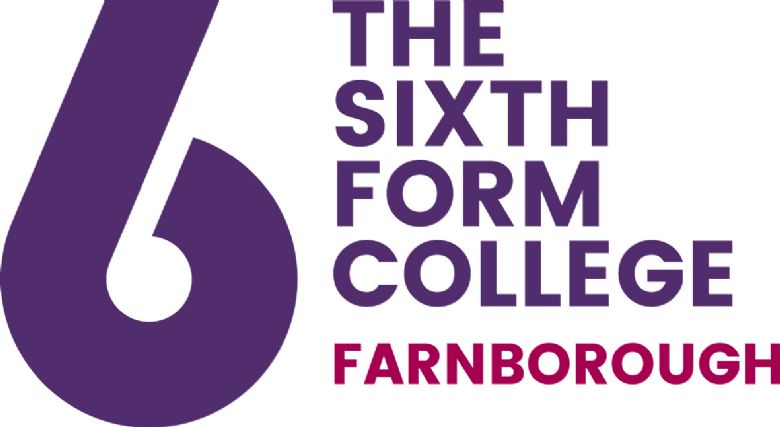Developing our people
Pillar 3 - How? Staff development
“…for every teacher in every classroom to be as good as they can be in what they teach (the curriculum) and how they teach (pedagogy).”
Knowledge-building – School improvement at scale. Confederation of School Trusts (2021).
Our stated strategic priority for workforce development is:
To develop an effective Trust-wide people strategy, including a high-quality professional development programme for all staff at all stages of their careers and the development of a coaching culture at all levels.
We have adopted coaching as our preferred approach to supporting and developing our people because it has the flexibility to deal with the technical and holistic elements of the staff's daily experiences - there is a wealth of evidence supporting the use of coaching in effecting meaningful and sustained change.
With its emphasis on collaboration and self-empowerment, coaching aligns perfectly with TPT's overall philosophy and values.
Jim Knight has proposed a spectrum of coaching styles that vary in terms of the level of control and direction that the coach exerts over the coaching process:
Facilitative coaching (the elicitor).
The coach creates a safe and supportive environment for the teacher:
- asking open-ended questions;
- actively listening, paraphrasing for clarity; and
- encouraging reflection.
All with the aim of helping the teacher to develop clarity over their goals and the solutions and strategies needed to achieve them.
Dialogic coaching (the partner)
This approach combines the facilitative coach's respect for the professionalism of teachers with the ability of the directive coach to identify and describe effective strategies. The coach and teacher engage in a two-way conversation as partners. Both parties are active listeners and together contribute to identifying appropriate goals and the strategies to achieve them.
Directive coaching (the expert)
The coach provides specific guidance and direction to the teacher (a relationship more akin to master and apprentice). This is most appropriate when the teacher is new to a particular task/concept/skill and requires more explicit instruction. The coach provides specific instructions, modelling and feedback to guide the teacher towards the desired outcome.





